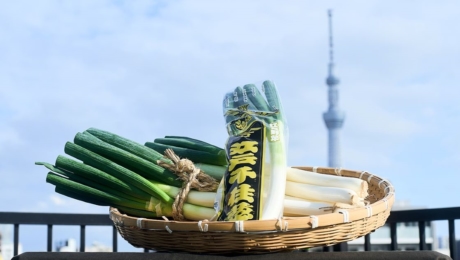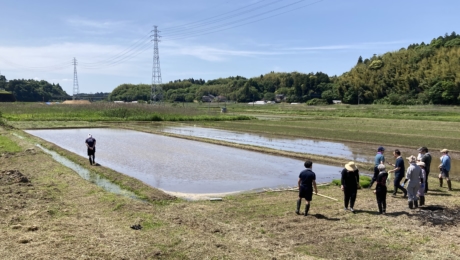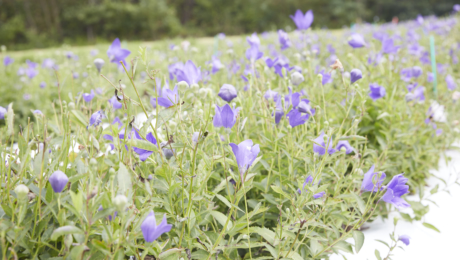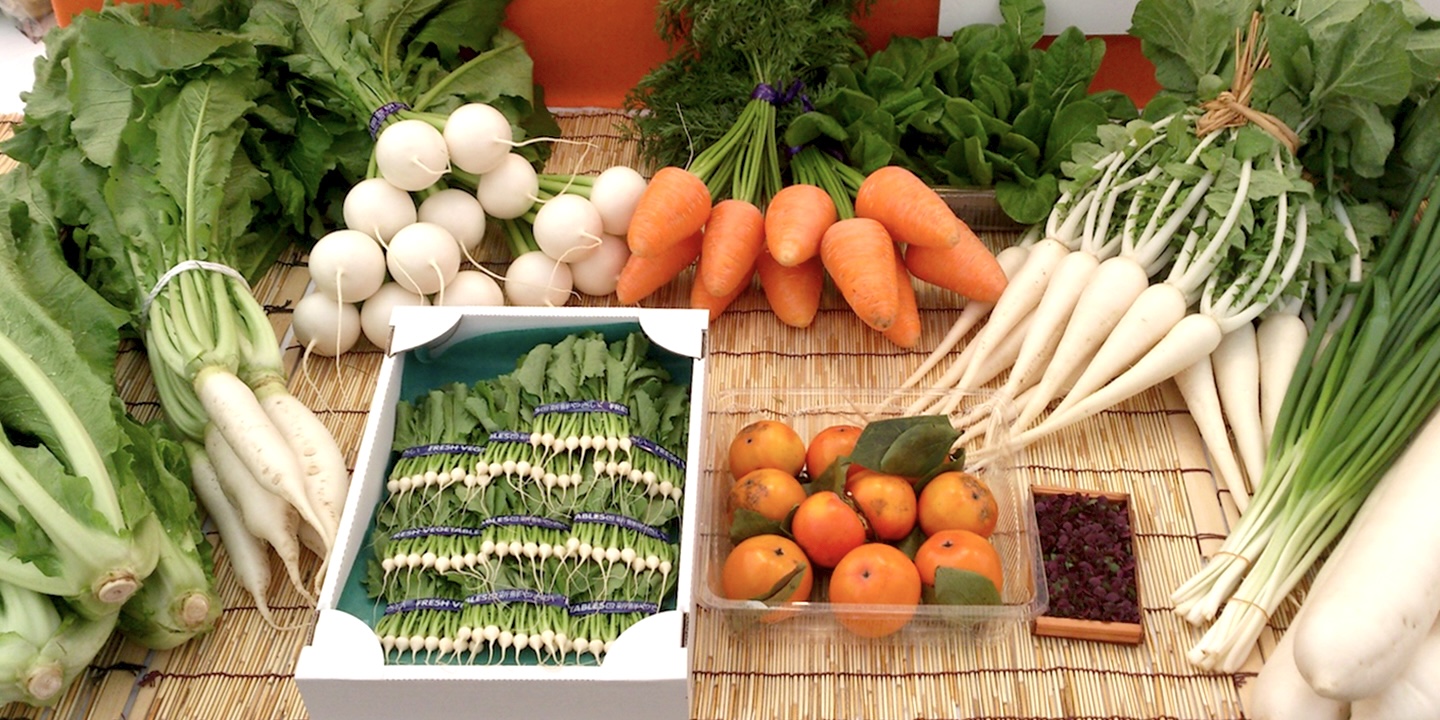
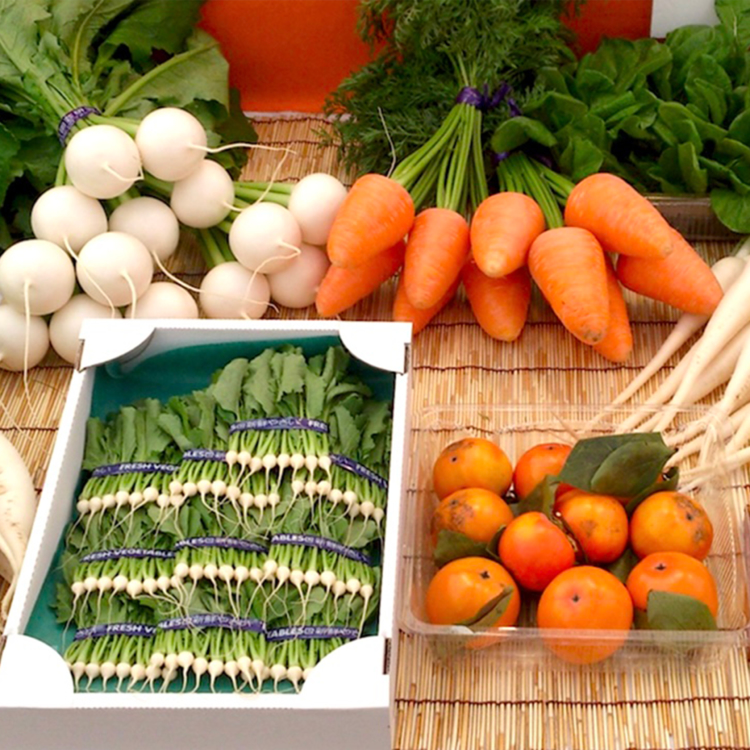
Traditional Flavors and Culinary Diversity: Lessons from Edo Tokyo Vegetables
2024.09.30
FOODFounded in 1789, Sarashina Horii has dedicated itself to soba for over 230 years in Edo, and later Tokyo. Its Azabu-Juban main store hosts “seasonal gatherings” four times a year, offering the opportunity to savor both sarashina soba and Edo-Tokyo vegetables. Launched in October 2015, at the call of the Edo Sobalier Society and the Edo Tokyo Vegetable Concierge Association, this event held its 27th session “summer gathering” this August.
Edo Tokyo vegetables are defined as “vegetables that inherit the Tokyo vegetable culture beginning in the Edo period, including traditional or heirloom varieties and cultivation methods from the mid-Showa era, when the majority of seeds were either self-produced or sourced from local seed merchants.” The Tokyo Prefectural Central Union of the Japan Agricultural Cooperatives (JA) Group established this designation in 2011 to preserve and pass down these vegetables, traditionally cultivated not just in what was once called Edo but also throughout modern Tokyo, and the registration of each variety has continued since.
Currently, 52 varieties are registered as Edo Tokyo vegetables. The list includes Nerima daikon, Yanaka ginger, Jonan komatsuna (Japanese mustard spinach), Okutama wasabi, Senju negi (spring onion), and Hachijo okra, among others—each name reflecting its deep roots in the region. Some, like the Shinagawa kabu (turnip) and Naito togarashi (chili pepper) from Shinjuku’s Naitomachi, originate from places where one would hardly imagine vegetables being grown today. Yet, this fact itself serves as a testament to the enduring history of Edo and Tokyo.
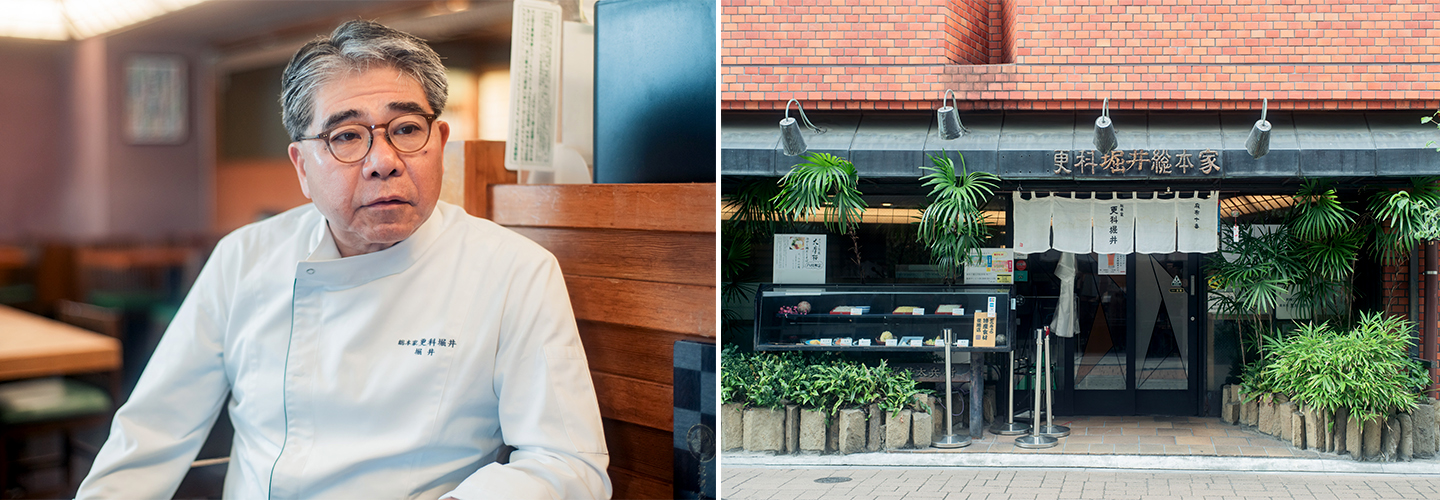
Yoshinori Horii, a member and former chairman of the Tokyo committee of the Japanese Culinary Academy, which aims to promote and preserve Japanese cuisine, emphasizes the diversity of Edo Tokyo vegetables. While many vegetables available in supermarkets today have been standardized through breeding, vegetables naturally vary in taste, size, and shape depending on where they are grown. These variations contribute to their character and have enriched our dining tables for generations.
As traditional vegetables, Edo Tokyo varieties can be less disease-resistant than improved breeds, with smaller harvests and variance in size and shape, making them less marketable. But do such reasons merit their disappearance? These vegetables have their seasons and retain the unique aromas, bitterness, and astringency inherent to their natural flavors, and can elevate the value of Japanese cuisine, says Horii, through their skillful incorporation into various dishes.
At the Sarashina Horii’s seasonal gatherings, culinary researcher Sachiko Hayashi devises menus that feature the season’s Edo Tokyo vegetables. To date, more than 180 different dishes have been served, with not a single repeat. By allowing people to appreciate these dishes’ deliciousness, the events help promote the continuation of these traditional vegetables, which are not produced in large quantities. Recently, beyond Tokyo, chefs across Japan have also started using Edo Tokyo vegetables.
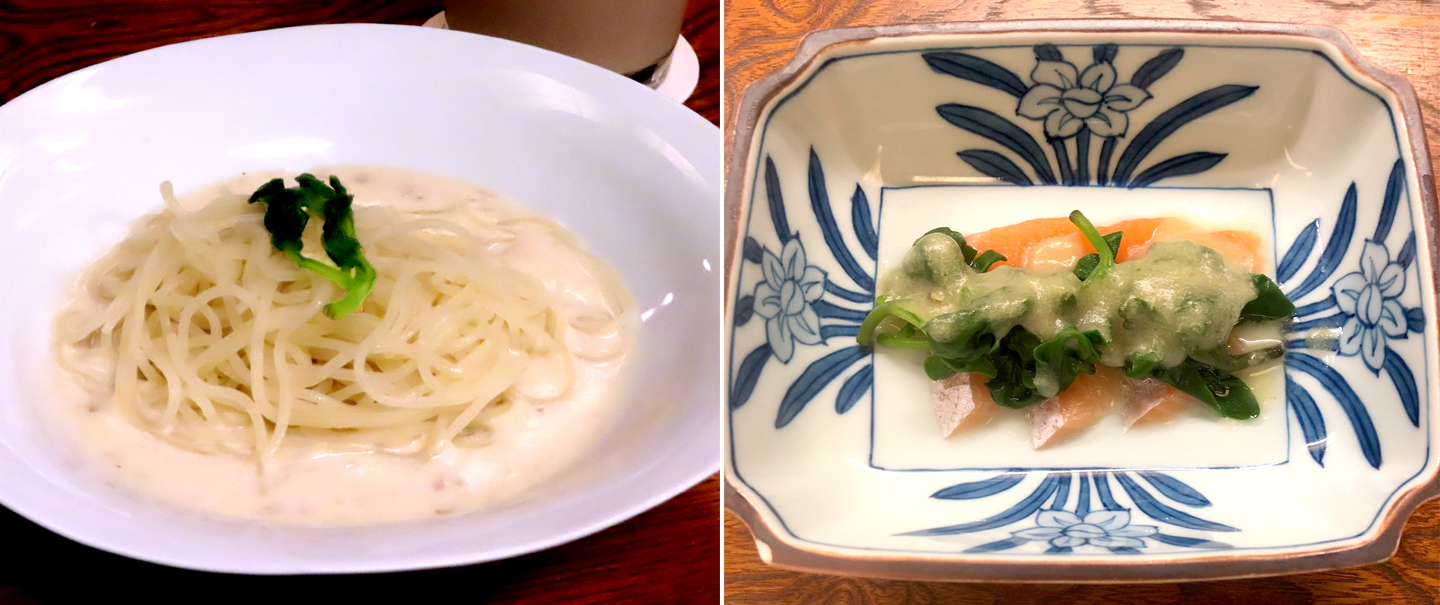
But why is is that many traditional vegetables exist in Tokyo? Michishige Otake, chairman of the nonprofit Edo Tokyo Traditional Vegetables Research Group and representative director and president of the Edo Tokyo Vegetable Concierge Association, has been actively working to revive and preserve the traditional vegetables of Edo and Tokyo for over 35 years. He explains, “Thanks to the sankin kotai system, which mandated that all regional lords alternately travel to and remain for a period of time in the capital of Edo, a diverse a diverse array of vegetables was brought into Edo from all over the country.” Otake, who once worked for the JA Tokyo Prefectural Central Union, played a leading role in efforts surrounding Edo Tokyo vegetables.
Not only indigenous varieties but also vegetables brought from other regions evolved to adapt to the unique environment of Edo (Tokyo), becaming heirloom varieties. They were then cultivated and preserved over generations. Among these are some so-called forgotten traditional vegetables, such as the Honden uri (gourd), which survived thanks to a farmer who unknowingly continued its cultivation, and Waseda myoga (Japanese ginger), which Otake and his team discovered growing in the grounds of a private residence.
Otake attributes the revival of many vegetables not just to these grassroots efforts but also to the farmers dedicated to cultivating these challenging varieties and sharing them with people. Horii, who has helped promote Edo Tokyo vegetables through the seasonal gatherings, adds, “Each vegetable has a story. Moving forward, I want to ensure that these stories are faithfully conveyed.” His words reflect a strong sense of duty to preserve tradition, much like other long-established businesses that have continued since the Edo period.
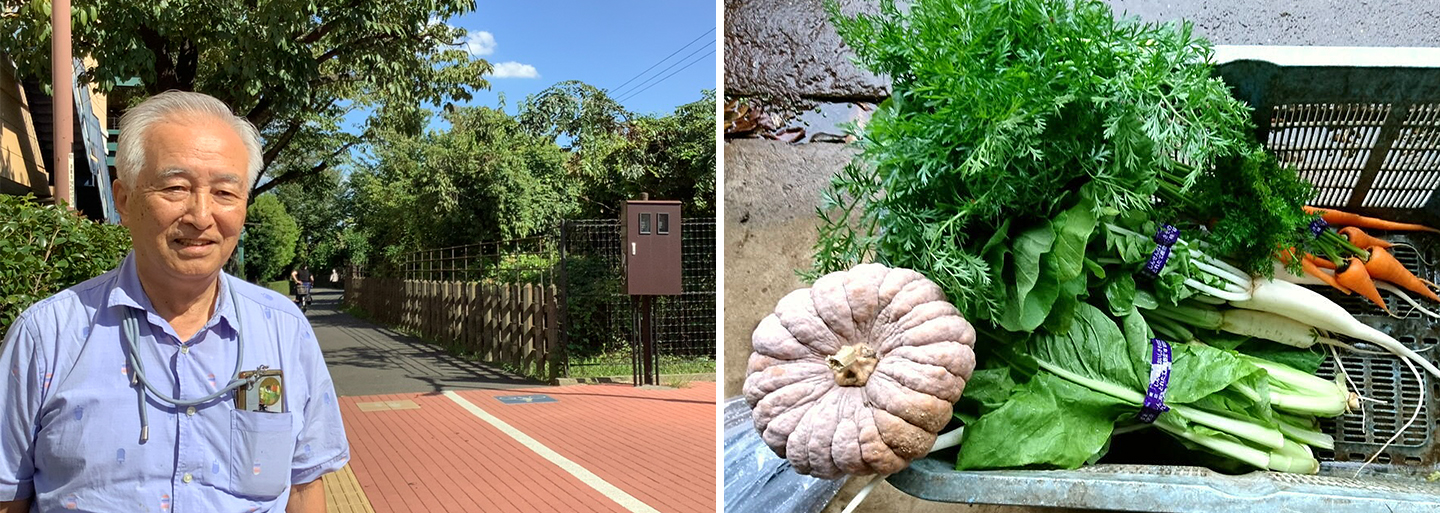
As autumn, the season of harvest and hearty appetites, approaches, those eager to try Edo Tokyo vegetables might well start with a recommendation from Horii, the Shinagawa kabu (turnip). Unlike typical turnips, it has a shape resembling a small daikon and a crunchy texture similar to that of a pear, making it well-suited for salads. Otake recommends Naito kabocha pumpkin. When ripe, its skin turns an attractive orange, and it holds its shape when cooked, making it delicious even when used in puddings.
The charm of traditional vegetables lies in their long history and the many hands that have preserved them over time. As you savor their unique flavors, why not take a moment to reflect on the diverse world of food that these distinctive Edo Tokyo vegetables represent.



